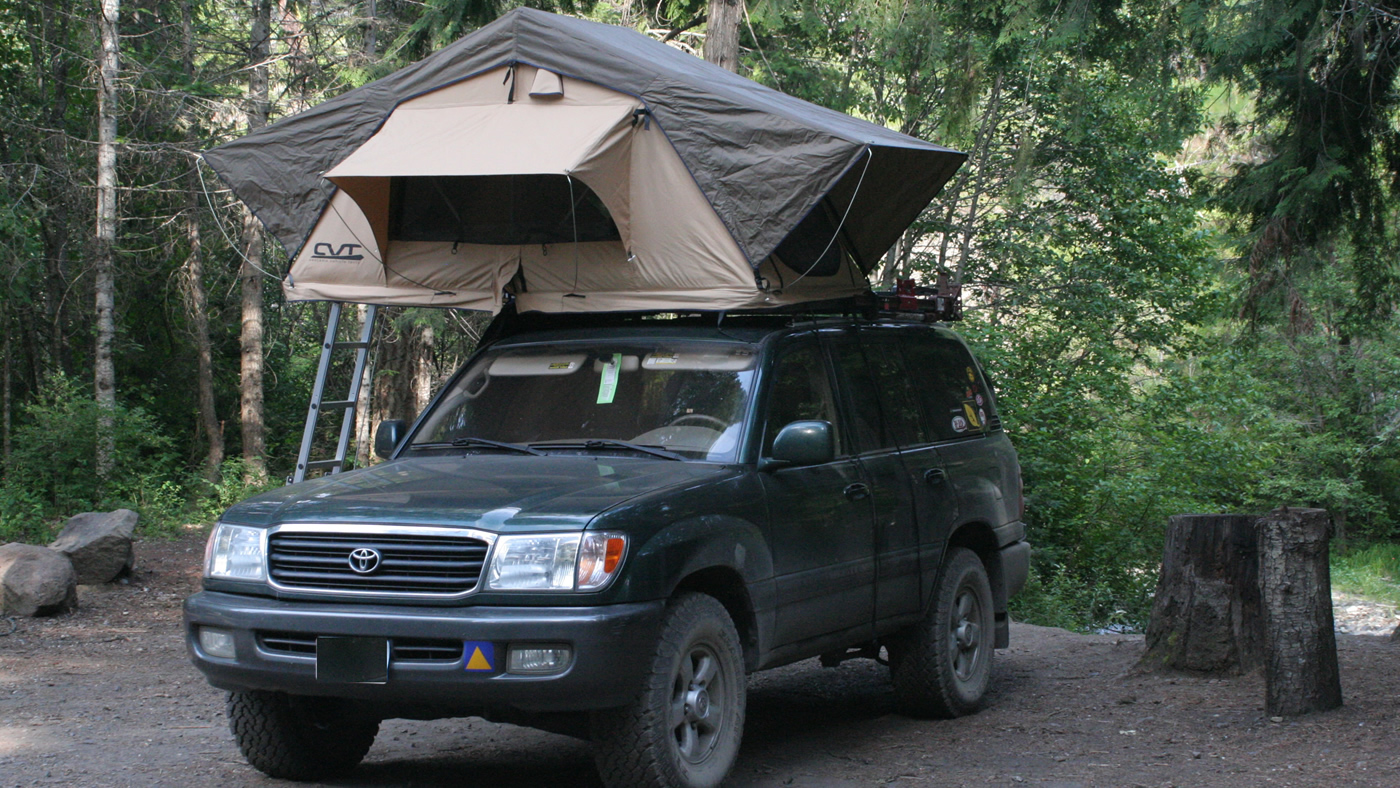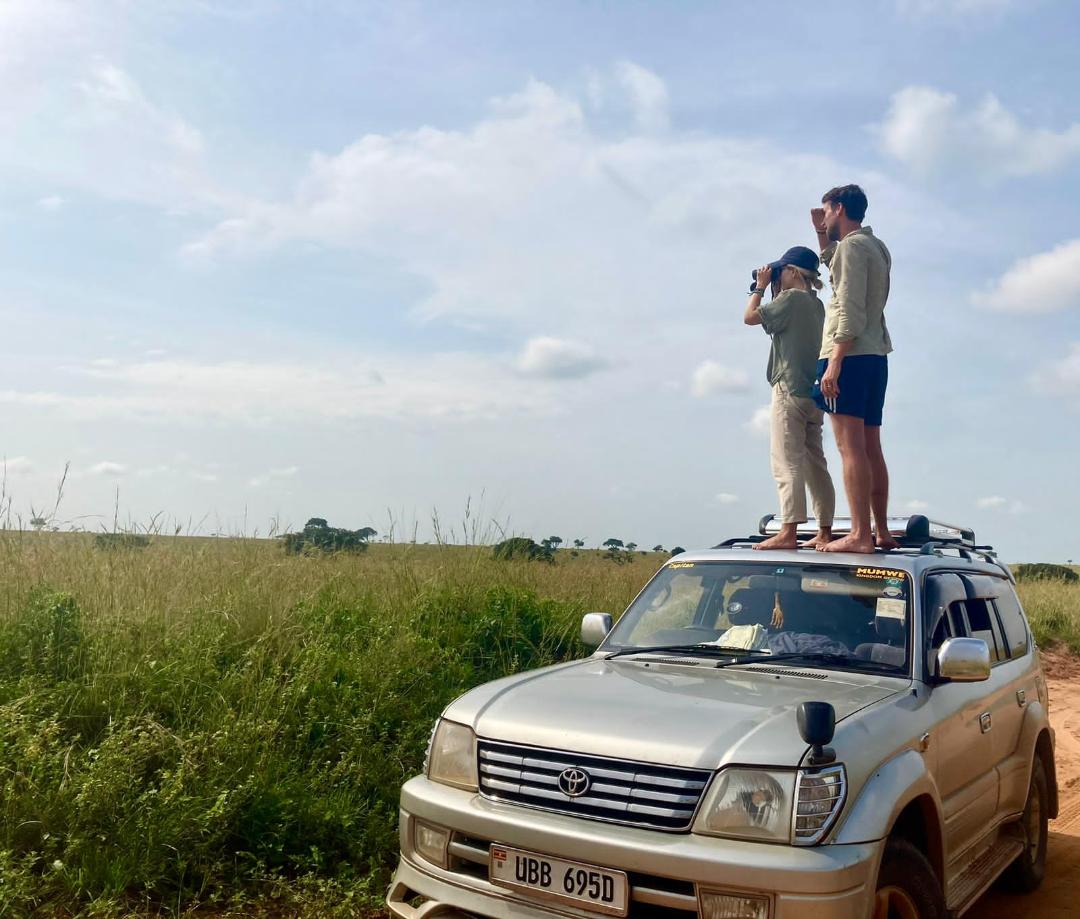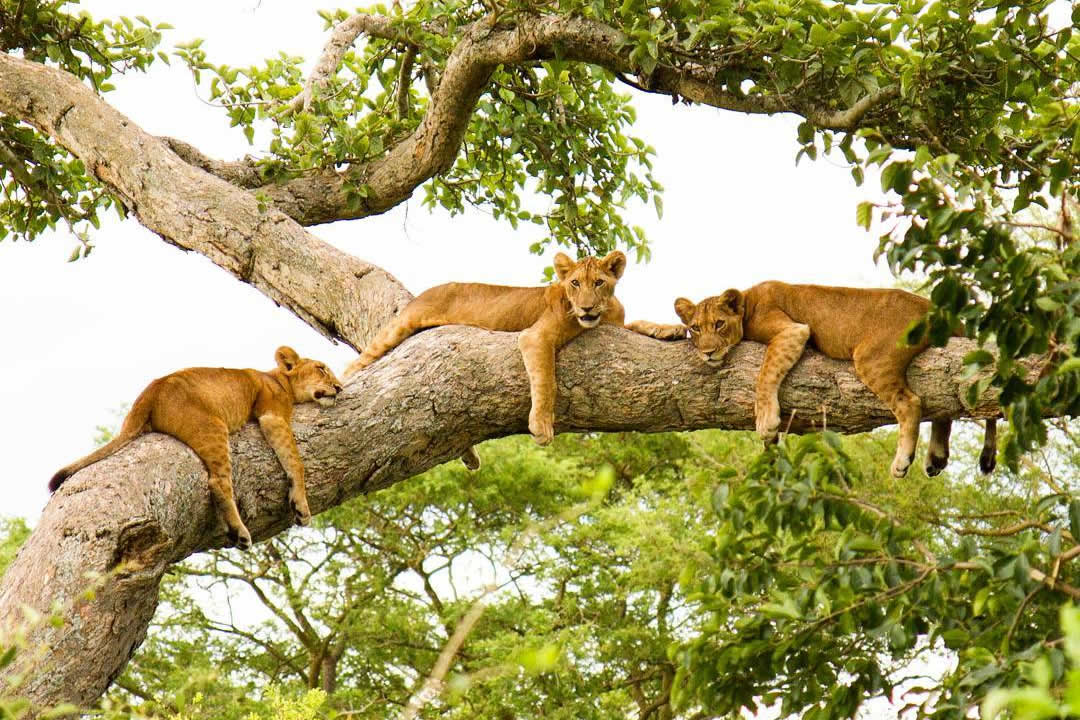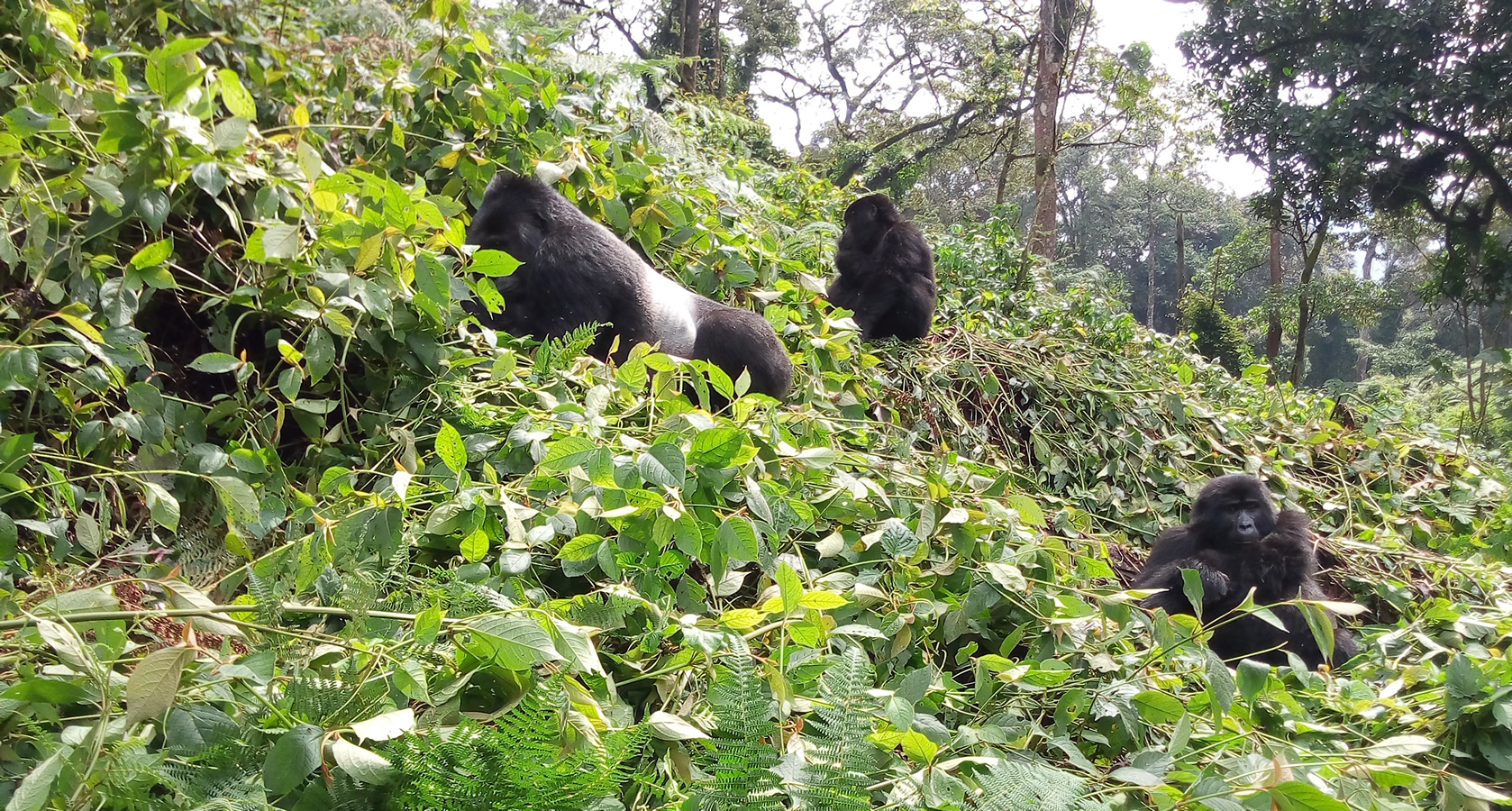
Step by Step Guide To Booking A 4×4 Car Rental In Uganda
Uganda is among the top-ranked destinations that offer breathtaking landscapes ranging from misty mountains and sprawling savannahs to dense rainforests and pristine lakes. To truly experience these diverse terrains, a 4×4 vehicle is not just recommended—it’s essential. Whether you’re planning a wildlife safari in Queen Elizabeth National Park, gorilla trekking in Bwindi Impenetrable Forest, or an adventure through the remote regions of Kidepo Valley, this guide will walk you through the process of booking the perfect 4×4 car rental in Uganda for your next self drive or driver-guided journey in the Pearl of Africa.
1. Determine Your Specific Requirements
Trip Duration and Distance
Before beginning your search for a 4×4 rental, clarify how long you’ll need the vehicle and approximately how many kilometers you expect to cover. Most rental companies in Uganda offer daily, weekly, and monthly rates with different mileage packages.
Vehicle Type
Uganda’s terrain demands vehicles with proper ground clearance and 4-wheel drive capabilities. Popular options include:
- Toyota Land Cruiser Prado – Ideal for families or groups of 4-5 people
- Toyota RAV4 – Good for couples or small families on paved and light off-road routes
- Toyota Land Cruiser V8 – Perfect for challenging terrain and maximum comfort
- Mitsubishi Pajero – A reliable alternative with good performance on rough roads
- Toyota Hilux Double Cabin – Great for combining passenger comfort with cargo space
Self-Drive vs. Chauffeur-Driven
Decide whether you want to drive yourself or hire a vehicle with a driver. For first-time visitors to Uganda, a local driver/guide can be invaluable, offering knowledge of roads, attractions, and serving as a cultural interpreter. Self-drive offers more privacy and flexibility but requires confidence in navigating unfamiliar and sometimes challenging road conditions.

2. Research Reputable Rental Companies
Established Companies
Start by researching well-established car rental companies in Uganda. Look for those with:
- At least 5+ years in business
- Positive online reviews across multiple platforms
- Transparent pricing structures
- Clear policies regarding insurance, breakdowns, and emergencies
Local vs. International
Both local Ugandan companies and international brands have advantages:
Local Companies:
- Mumwe Safaris
- Uganda Car Rental Services
- Rent A Driver Uganda
- Uganda Safari Bookings
International Companies:
- Avis
- Europcar
- Budget
Local companies often offer more competitive rates and specialized knowledge of Ugandan conditions, while international brands may provide standardized service and easier booking processes.
3. Make Inquiries and Compare Options
Request Detailed Quotes
Contact at least 3-5 companies with your specific requirements, requesting quotes that clearly outline:
- Daily/weekly rental rates
- Mileage limitations and overage charges
- Fuel policy (usually full-to-full)
- Insurance coverage details
- Driver fees (if applicable)
- Additional charges for border crossings (if your itinerary includes Rwanda, Kenya, or Tanzania)
Check Inclusions and Exclusions
Pay careful attention to what each quote includes and excludes. Standard inclusions should cover:
- Comprehensive insurance
- 24/7 roadside assistance
- Replacement vehicle in case of breakdown
- GPS (increasingly common)
- Basic recovery equipment
Common exclusions might be:
- Fuel costs
- Park entrance fees for the vehicle
- Cross-border permits
- Additional driver fees
4. Verify Vehicle Condition and Company Reputation
 Review Recent Photos
Review Recent Photos
Request recent photographs of the specific vehicle model you’re considering. While these may not guarantee the exact vehicle you’ll receive, they provide insight into the company’s fleet quality.
Ask About Vehicle Age and Maintenance
In Uganda’s challenging conditions, vehicle age and maintenance history matter significantly. Ask:
- How old is the vehicle?
- When was the last major service?
- Are maintenance records available?
- How often are tire replacements performed?
- What recovery equipment comes with the vehicle?
Check References
Beyond online reviews, request references from previous clients, particularly those who completed similar routes to your planned journey.
5. Understand Insurance Options
Basic Coverage
Most rentals come with third-party liability insurance as required by Ugandan law. However, this covers only damage to other vehicles and property, not your rental.
Comprehensive Coverage
For peace of mind, opt for comprehensive coverage that includes:
- Collision Damage Waiver (CDW)
- Theft Protection
- Personal Accident Insurance
- Windscreen and tire coverage (particularly important in Uganda)
Excess/Deductible
Understand the “excess” or deductible amount—what you’ll pay out of pocket in case of damage. This typically ranges from $500-$1,500 depending on the vehicle and company. Some companies offer “super CDW” to reduce this amount for an additional fee.
6. Book Your Vehicle
 Reservation Process
Reservation Process
Once you’ve selected a company, the booking process typically involves:
- Filling out a reservation form with your details
- Providing flight information (for airport pickups)
- Paying a deposit (usually 20-30% of the total rental cost)
- Receiving booking confirmation with all terms and conditions
Payment Methods
Most established companies accept:
- Credit cards (Visa, MasterCard)
- Bank transfers
- PayPal (with some companies)
- Mobile money options like MTN Mobile Money (for local companies)
Always get written confirmation of any payment made.
7. Prepare Required Documentation
Essential Documents
Before arrival, ensure you have:
- Valid driver’s license from your home country
- International Driving Permit (IDP)
- Passport valid for at least six months beyond your visit
- Travel insurance documentation
- Credit card with sufficient limit for the security deposit
Visa Requirements
Most visitors require a visa to enter Uganda. E-visas can be obtained online through the official Ugandan immigration website before travel, or you can obtain an East African Tourist Visa if visiting multiple countries in the region.
8. Vehicle Collection Protocol
Detailed Inspection
When collecting your vehicle:
- Perform a thorough inspection, documenting any existing damage with date-stamped photos
- Test all functions (lights, wipers, air conditioning, 4WD engagement)
- Check tire condition, including the spare
- Verify the presence of essential safety equipment (jack, warning triangle, first aid kit)
- Ensure you have contact numbers for emergencies and breakdowns
Operational Briefing
Request a comprehensive briefing on vehicle operation, particularly the 4WD system. If you’re unfamiliar with off-road driving, ask for basic instructions on handling different terrains you might encounter.
9. During Your Rental Period
Maintenance Responsibilities
Typically, you’ll be responsible for:
- Checking oil, water, and tire pressure regularly
- Keeping the vehicle reasonably clean
- Reporting any mechanical issues immediately
- Following the agreed-upon fuel policy
Documentation
Keep all rental documentation in the vehicle, including:
- Rental agreement
- Insurance papers
- Emergency contact information
- Vehicle registration
- Tourism vehicle permits (for national parks)
10. Vehicle Return Process
Final Inspection
Allow sufficient time for the return process, which includes:
- Joint inspection with a company representative
- Fuel level verification
- Mileage recording
- Assessment of any new damage
- Return of all equipment and accessories
Security Deposit Return
If using a credit card hold for the security deposit, clarify when the hold will be released (typically 3-7 business days, but sometimes longer with international cards).
Special Considerations for Uganda
Seasonal Factors
Book well in advance (3-6 months) if traveling during peak season (June-September and December-February). During rainy seasons (March-May and October-November), ensure your selected vehicle has adequate capabilities for potentially muddy conditions.
National Park Requirements
Some Ugandan national parks have specific vehicle requirements. For example, gorilla trekking areas often require vehicles with higher ground clearance due to steep, muddy tracks. Confirm your vehicle is suitable for all planned destinations.
Fuel Availability
While major towns have reliable fuel stations, remote areas may have limited options. Plan your refueling stops carefully, especially when visiting northern Uganda or remote parks.
Conclusion
Booking a 4×4 car rental in Uganda requires careful planning, but the freedom and adventure it provides are unmatched. With the right vehicle, you’ll be able to explore Uganda’s magnificent landscapes at your own pace, reaching destinations inaccessible by public transport.
By following these steps and conducting thorough research, you’ll secure a reliable 4×4 car in Uganda that enhances your travel experience rather than becoming a source of stress. Whether navigating the switchbacks of the Rwenzori Mountains or cruising alongside elephants in Murchison Falls National Park, your carefully selected 4×4 will be your trusted companion throughout your Ugandan adventure.
Remember that road conditions, weather, and unexpected wildlife encounters are all part of the journey. Approach your Ugandan road trip with flexibility, patience, and a sense of adventure, and you’ll create memories that last a lifetime.
To rent a 4×4 car in Uganda for your next self drive or driver-guide adventure with Mumwe Safaris, simply contact us now by sending an email to info@mumwesafarisuganda.com or call us on +256-700135510 to speak with the reservations team.



